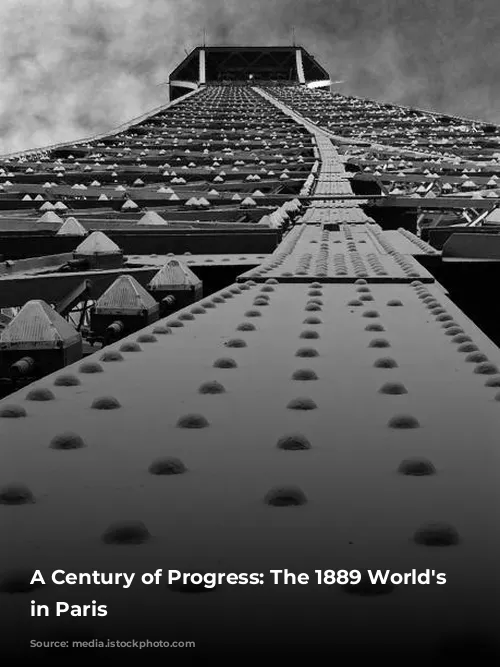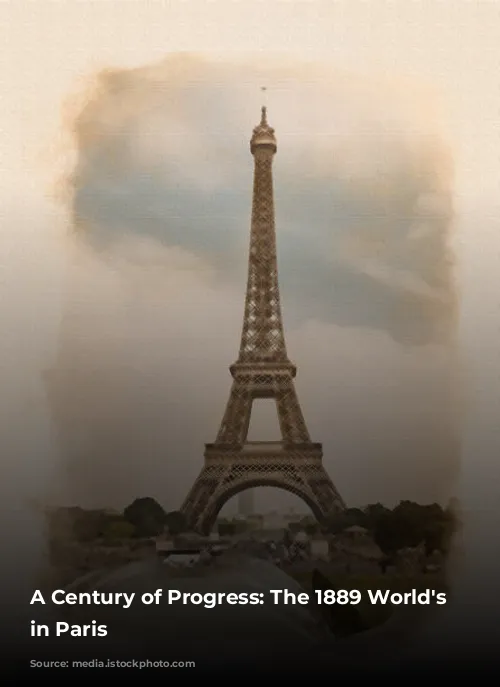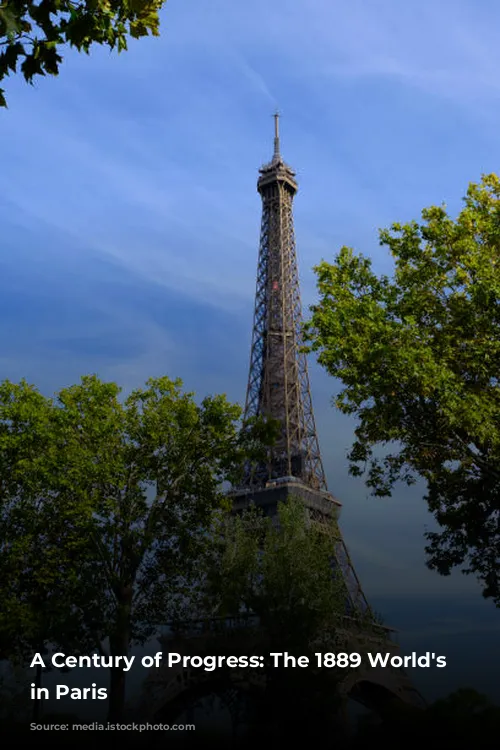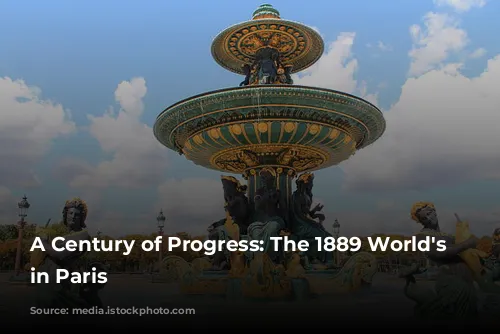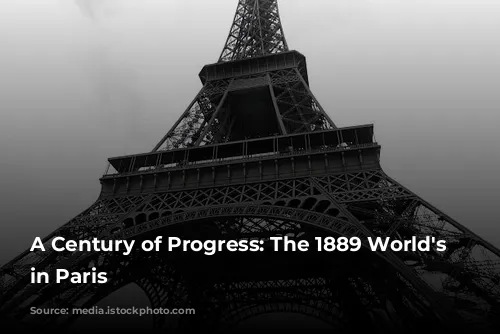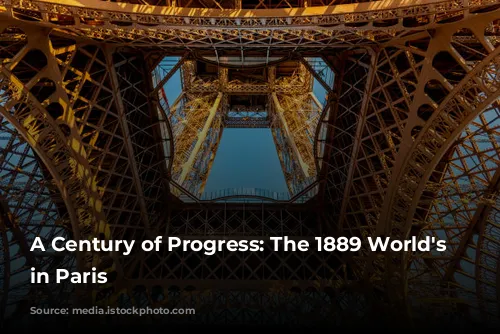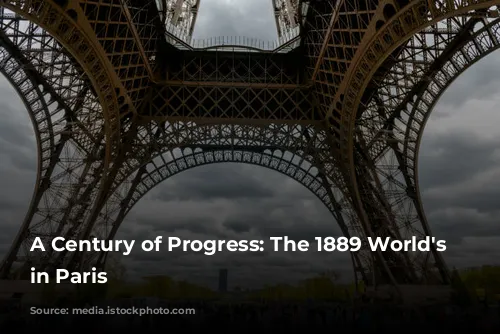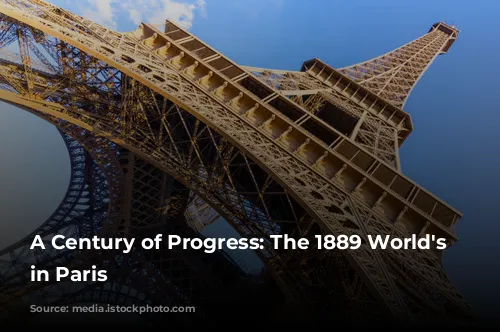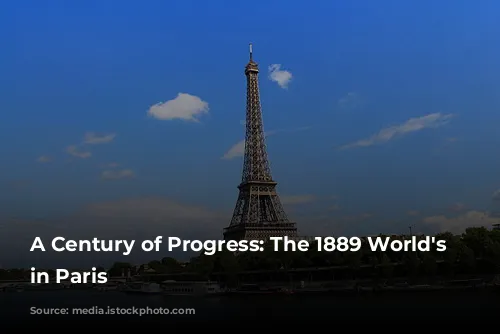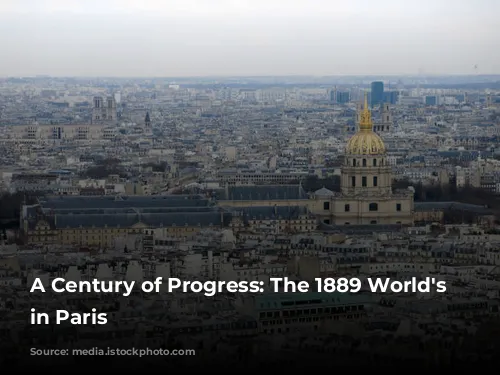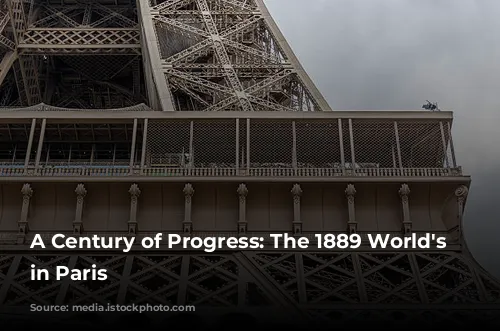The 1889 World’s Fair in Paris, a grand celebration marking the 100th anniversary of the French Revolution, showcased France’s remarkable resurgence. Led by the renowned urban planner Jean-Charles Alphand, a close associate of Baron Haussmann, the event transformed the city into a spectacle of innovation and artistry. The Esplanade des Invalides hosted exhibits of French colonies and military advancements, while the Champs de Mars and the Palais du Trocadéro served as grand stages for Art and Industry.
This wasn’t just a celebration of France’s past; it was a testament to its present and a glimpse into its future. The French Republic, after enduring the defeat of the Franco-Prussian war, the turbulent Commune, and a crippling economic crisis, had risen to prominence, boasting a sprawling colonial empire and a thriving industrial sector. The exhibition aimed to demonstrate this remarkable recovery to the world.
The 1889 World’s Fair became a microcosm of global advancement, showcasing the ingenuity and artistry of diverse cultures. A reconstructed Bastille stood as a poignant reminder of the revolution’s legacy, while exhibits on human habitation journeyed through time, from ancient troglodyte caves to neolithic lake cities. A dedicated pavilion for children, a novel concept inspired by the Philadelphia Women’s Pavilion, provided an engaging space for young audiences.
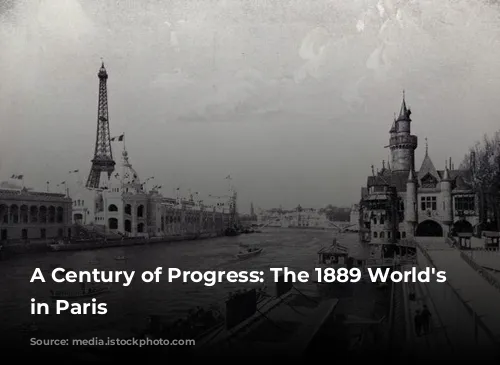
Architectural Marvels and Technological Wonders
The 1889 World’s Fair became synonymous with architectural audacity and engineering prowess. Metal structures, a symbol of the industrial revolution, were used to create grand and innovative spaces. The Palais des Machines, designed by Dutert and Contamine, stands as a prime example. This towering structure, with its immense 77,000 m2 nave and a 35,000 m2 glass surface, was described by the writer Huysmans as an “exorbitant lancet arch,” a testament to the possibilities of metal and glass. Visitors marveled at technological innovations on display, including Dayex’s voting machines, atmospheric hammers, cigarette making machines, and the Tissot clock making workshop, all showcasing the rapid advancement of industry.
The Eiffel Tower, a majestic monument that dominated the skyline of Paris, emerged as the defining icon of the exhibition. Designed by Gustave Eiffel, this 324-meter marvel was the tallest structure in the world at the time. Despite facing initial criticism from artists who deemed it “useless and monstrous,” the tower attracted nearly 2 million visitors during the exhibition, each drawn to its unparalleled panoramic view of the city. At night, the tower was illuminated by gas burners, making it a beacon of progress and innovation.
The Decauville railway, a testament to 19th-century transportation advancements, connected the Champs de Mars to the Invalides. This 3-kilometer track provided a convenient means for visitors to explore the sprawling exhibition. The event was also remarkable for its extensive electric lighting system, an innovation by Hippolyte Fontaine. This enabled the exhibition to stay open until midnight, allowing visitors to experience the spectacle in a whole new light. The Coutan luminous fountain, whose colors danced in sync with the music played by the band, added an element of enchantment to the evening experience.
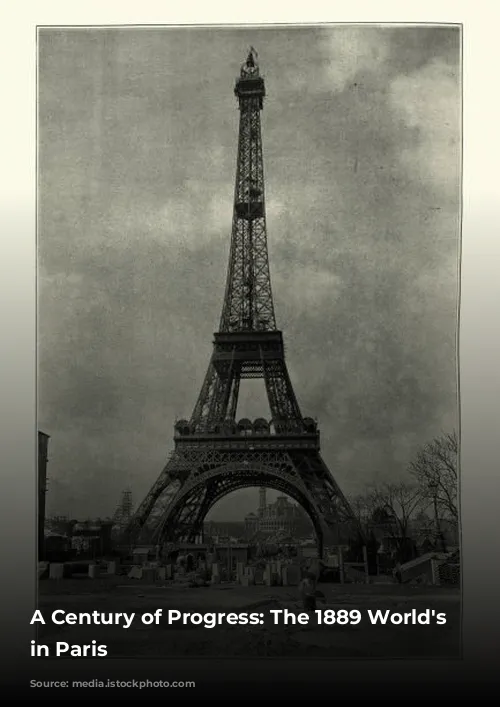
A Celebration of Art and Design
The 1889 World’s Fair was not only a celebration of technology and industry but also a showcase for the artistry and design of the era. Dedicated pavilions exhibited the finest examples of French craftsmanship, highlighting the elegance and skill of national manufacturers. Ceramics, furniture, goldsmithery, and jewelry were presented in separate galleries, each a testament to the mastery of different artistic disciplines.
The Manufacture of Sèvres, under the direction of Carrier-Belleuse, presented a collection of innovative designs that revitalized the factory’s style. At the Goldmith’s Gallery, Christofle showcased models by Mercié, Coutan, and Delaplanche, while the Art Bronzes Gallery featured a monumental vase by Rindel d’Illzach, a striking example of Symbolism.
The Furniture Gallery showcased the enduring appeal of Louis XV and Renaissance styles. A cabinet designed by Paul Sédille, carved by Allar, and adorned with enamels inspired by the symbolist Olivier Merson, won a coveted gold medal. The exhibition also marked the rise of a new artistic movement: Art Nouveau. The School of Nancy, led by prominent figures like Emile Gallé, Emile Friant, and Victor Prouvé, garnered recognition for their innovative designs, ushering in a new era of artistic expression.

A Legacy of Progress and Innovation
The 1889 World’s Fair in Paris not only served as a celebration of a century of progress but also a testament to the creative energy and technological advancement of its time. From the architectural marvels like the Eiffel Tower and the Palais des Machines to the dazzling display of artistry and craftsmanship, the event showcased the innovative spirit of France and the world. The exhibition’s legacy lives on, not only in the iconic structures that remain today but also in the spirit of exploration and progress that it embodied.
